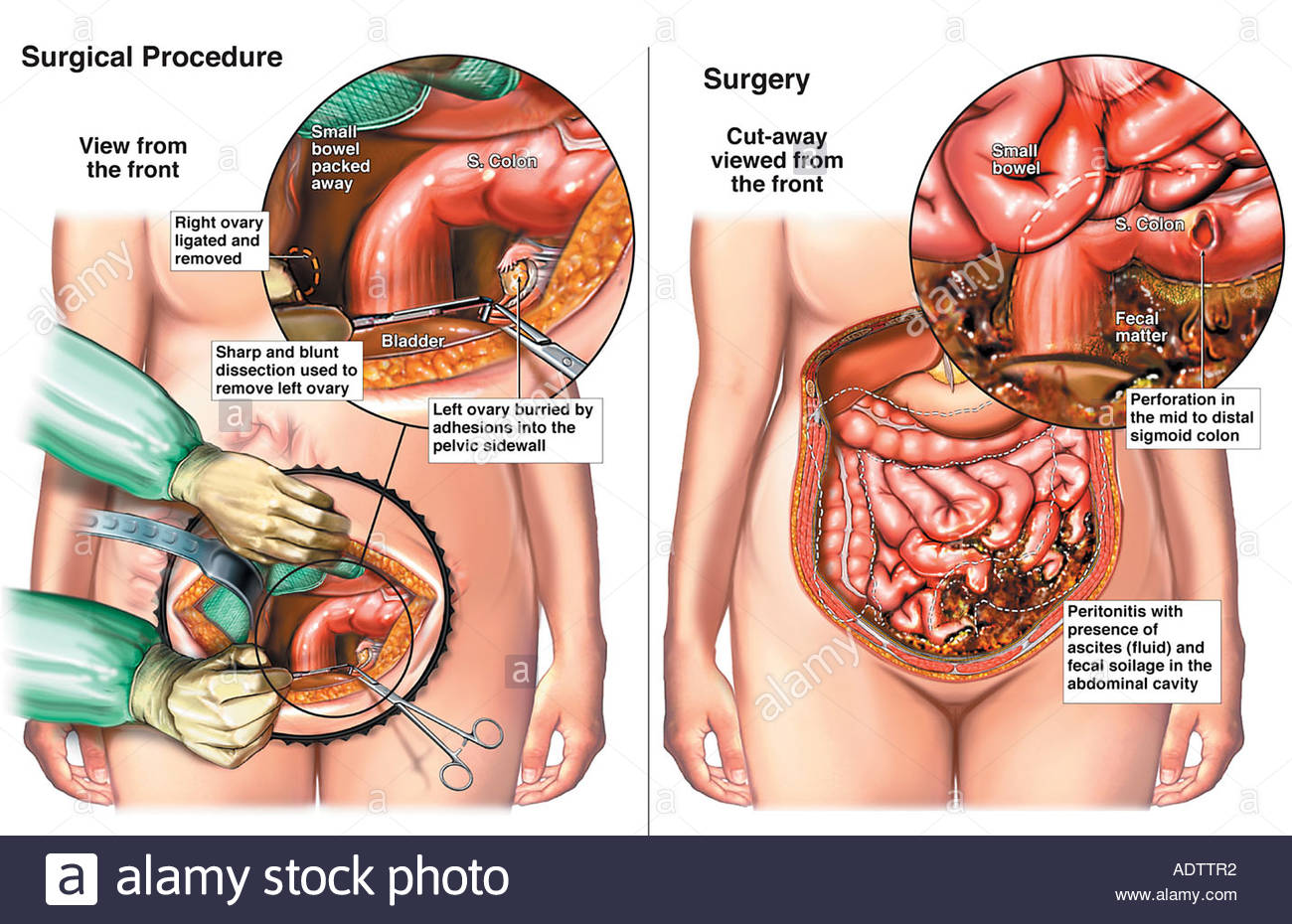Oophorectomy in Barbados
Search and Compare the Best Clinics and Doctors at the Lowest Prices for Oophorectomy in Barbados

Find the best clinics for Oophorectomy in Barbados
No clinics available
Ukraine offers the best prices Worldwide
Price: $ 714

- Home
- Barbados
WHY US?
At Medijump, we're making medical easy. You can search, compare, discuss, and book your medical all in one place. We open the door to the best medical providers worldwide, saving you time and energy along the way, and it's all for FREE, no hidden fees, and no price markups guaranteed. So what are you waiting for?

Free

Best Price

Widest Selection

Risk-Free
What you need to know about Oophorectomy in Barbados

Oophorectomy also referred to as ovariectomy, is a surgical procedure to remove one or both of a woman’s ovaries – the almond-shaped organs located on each side of the uterus that produces ovum (egg cells). It is often performed to prevent or treat certain medical conditions, such as ovarian torsion, endometriosis, non-cancerous ovarian tumor, and ovarian cancer.
What does a Oophorectomy Procedure Involve?
A general anesthetic is used during oophorectomy and the procedure can be performed in two different ways: laparotomy or laparoscopy. With laparotomy, your surgeon will make a single large incision in your lower abdomen to gain access to your ovaries. Then, your surgeon removes the ovary by separating each ovary from the blood supply and tissue that surrounds it. With a laparoscopy, your surgeon makes three small incisions in your abdomen to insert a small surgical tool and laparoscope (a small, flexible tube with a tiny camera and a light on its end). The surgeon separates each ovary from the blood supply and the surrounding tissue and places it into a pouch. The pouch is then pulled out of your abdomen through the small incision.
How Long Should I Stay in Barbados for a Oophorectomy Procedure?
If you have a laparoscopy, you only have to stay in the hospital for a day. If you have laparotomy, expect to stay in the hospital for 2 or more days. However, you will need to stay in Barbados a bit longer, at least around 7 to 14 days for the initial recovery, follow-up checkups, and for the removal of the stitches.
What's the Recovery Time for Oophorectomy Procedures in Barbados?
You may be able to return to your normal routine and go back to work within 2 to 3 weeks after oophorectomy with laparoscopy. If you undergo laparotomy, you may need six weeks until you can resume your full normal activities.
What sort of Aftercare is Required for Oophorectomy Procedures in Barbados?
You will need to refrain from sexual intercourse for a few weeks and also avoid heavy lifting and exercise during the recovery period, but make sure to get up and about as soon as you can. You may need to make dietary changes and avoid using tampons.
What's the Success Rate of Oophorectomy Procedures in Barbados?
Oophorectomy has a high success rate of 97.5%. However, there are some side effects, complications, and risks you need to be aware of before the procedure, such as hot flashes and vaginal dryness (menopause symptoms), memory problems, decreased sex drive, heart disease, depression, anxiety, and osteoporosis.
Are there Alternatives to Oophorectomy Procedures in Barbados?
The alternative to oophorectomy depends on what medical condition you need the procedure for. If you have endometriosis, your alternative is hormone therapy. Hysterectomy can also be an alternative to this procedure.
What Should You Expect Before and After the Procedure
Before an oophorectomy, you may be at risk of ovarian and risk cancer. After the surgery, your risk will be greatly reduced. If the procedure is performed to treat a specific condition, you will no longer experience the symptoms of the condition.
Whilst the information presented here has been accurately sourced and verified by a medical professional for its accuracy, it is still advised to consult with your doctor before pursuing a medical treatment at one of the listed medical providers
No Time?
Tell us what you're looking for and we'll reachout to the top clinics all at once
Enquire Now

Popular Procedures in Barbados
Prices Start From $500

Prices Start From $260

Prices Start From $714

Prices Start From $714

Recommended Medical Centers in Barbados for procedures similar to Oophorectomy

- Interpreter services
- Translation service
- Religious facilities
- Medical records transfer
- Medical travel insurance
- Health insurance coordination
- TV in the room
- Safe in the room
- Phone in the room
- Private rooms for patients available
Oophorectomy in and around Barbados
Introduction
Barbados is an island country located in the Caribbean region of North America. This vibrant island nation boasts an abundance of astounding natural beauty, beautiful weather, smashing nightlife, beautiful architecture, and welcoming people. Beyond its white sand beaches and dazzling turquoise bays, Barbados is also an emerging medical tourism destination. It is known as a leading destination for IVF, rehabilitation, and a wide range of surgical and non-surgical treatments. Hospitals and clinics in the country are equipped with modern technology and high-quality services. The doctors and specialists are highly-trained and international patients can enjoy the country’s beauty and tranquility, while undergoing a medical procedure and holistic therapy at the spa. This allows patients to be at their optimum relaxation when they undergo medical treatment, making the recovery period easier and the success rate higher.
Popular Cities and Regions in Barbados
Bridgetown, Barbados’ UNESCO World Heritage-listed capital, is filled with old colonial architecture and vibrant culture. Visitors can go to the beautifully restored Barbados Synagogue, learn more about cricket in the Cricket Legends of Barbados, explore the history of the country in Barbados Museum, and admire the beauty of the neo-Gothic parliament. Those who want to experience the tranquil beaches and the calm Caribbean Sea should visit Holetown. Located 13.5 kilometers from Bridgetown, this beautiful city offers the perfect blend of history with modern-day living. It is lined with world-famous restaurants and museums. The main draw of the city is its beaches, and most tourists come to witness the remarkable sea turtles in their natural habitat, try out paddle boarding, or see the man-made coral reef. Aside from Holetown and Bridgetown, other popular cities are Bathsheba, Oistins. And Speightstown.
Transport in Barbados
International visitors will arrive at Grantley Adams International Airport as the airport serves the US, Canada, Central America, and Europe. A great way to travel around the country is by bus, which is the most affordable mode of transportation. Visitors who need a more flexible option can opt for a taxi. Taxis in the country are not metered, but the fares are regulated by the government based on the distance traveled and the cost is reasonably priced.
Visas in Barbados
Barbados allows citizens of most countries, including Australia, the US, all EU countries, and the UAE, to visit and stay without a visa for up to 180 days. Nationals of other countries, such as Libya and Egypt, need a visa before arrival. All visitors must have a valid passport for at least 6 months.
Weather in Barbados
Located in the tropics, Barbados experience hot sunny days and tropical rain showers during the summer months (mid-April to November). The cooler season (December to mid-April) has dry and less humid weather, making it the best time to visit the country.
Additional Info
- Local Currency: Barbadian dollar (BBD) is the official currency in Barbados. 1 USD will get you approx. 2 BBD.
- Money & Payments: While you still need some Barbadian dollars on hand, some businesses will accept US dollars and major credit cards. Tip 10% to 15% for taxis and in restaurants. Tip porters 2 BBD per bag and tip cleaning staff at your discretion.
- Local Language: English is the official language of Barbados.
- Local Culture and Religion: Christian is the predominant religion. Religious freedom is established by law, and other religions, such as Islam, Hinduism, Buddhism, and Judaism, are present.
- Public holidays: Some of the public holidays celebrated in Barbados are New Year’s Day, Errol Barrow Day, National Heroes’ Day, Kadooment Day, and Independence Day.
Popular Searches
- Plastic Surgery in Thailand
- Dental Implants in Thailand
- Hair Transplant in Thailand
- Breast Augmentation Thailand
- Gastric Sleeve in Thailand
- Gender Reassignment Surgery in Thailand
- Laser Hair Removal in Bangkok
- Botox in Bangkok
- Dermatology in Bangkok
- Breast Augmentation in Bangkok
- Coolsculpting in Bangkok
- Veneers in Turkey
- Hair Transplant in Turkey
- Rhinoplasty in Turkey
- Stem Cell Therapy in Mexico
- Rhinoplasty in Mexico
- Liposuction in Mexico
- Coolsculpting in Tijuana
- Rhinoplasty in Korea
- Scar Removal in Korea
- Gastric Sleeve in Turkey
- Bone Marrow Transplant in India
- Invisalign in Malaysia
- Plastic Surgery in the Dominican Republic
- Tummy Tuck in the Dominican Republic
- Plastic and Cosmetic Surgery in Poland
- Rhinoplasty in Poland
- Hair Implant in Poland
- Dental Implants in Poland
- IVF in Turkey